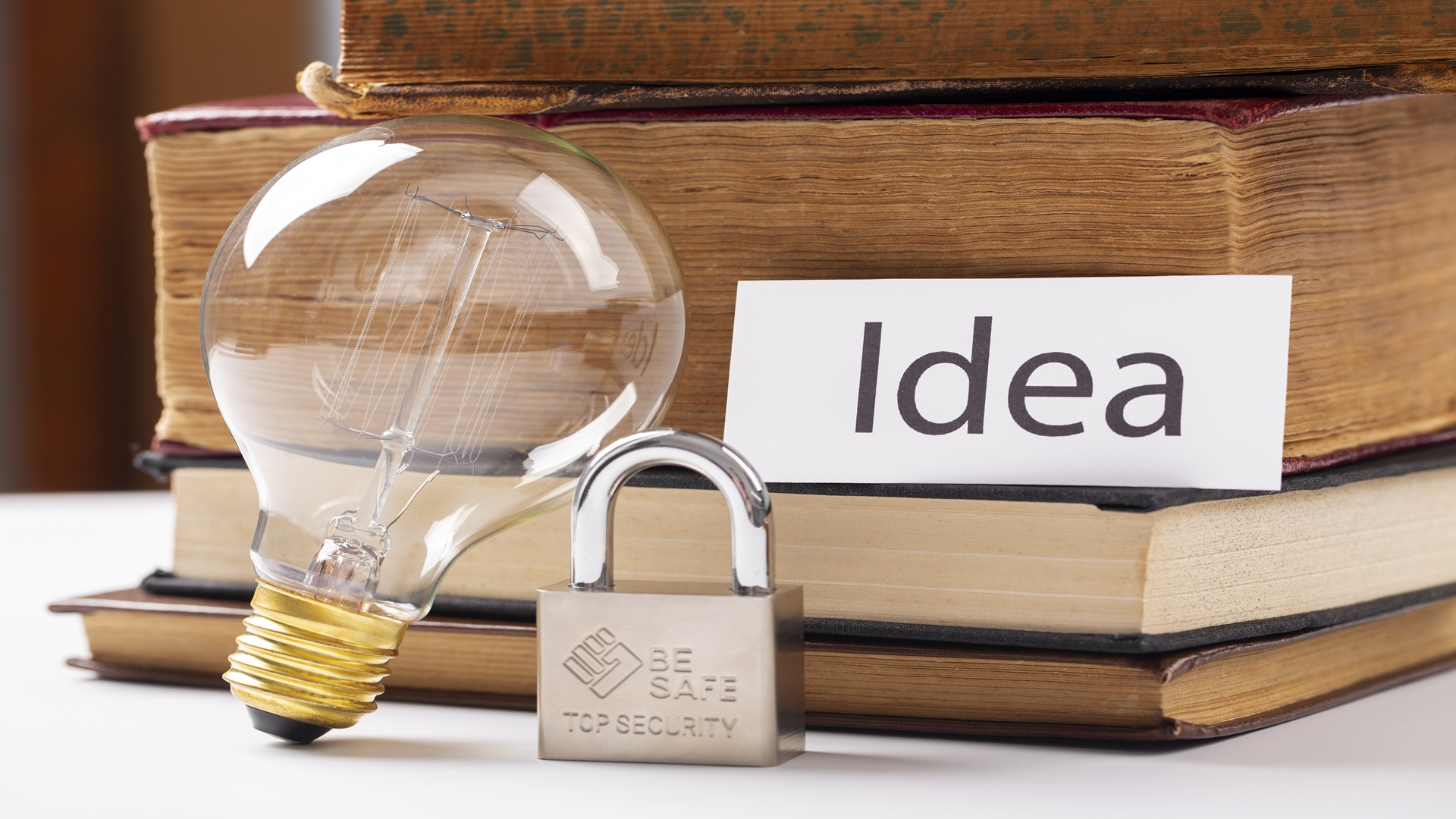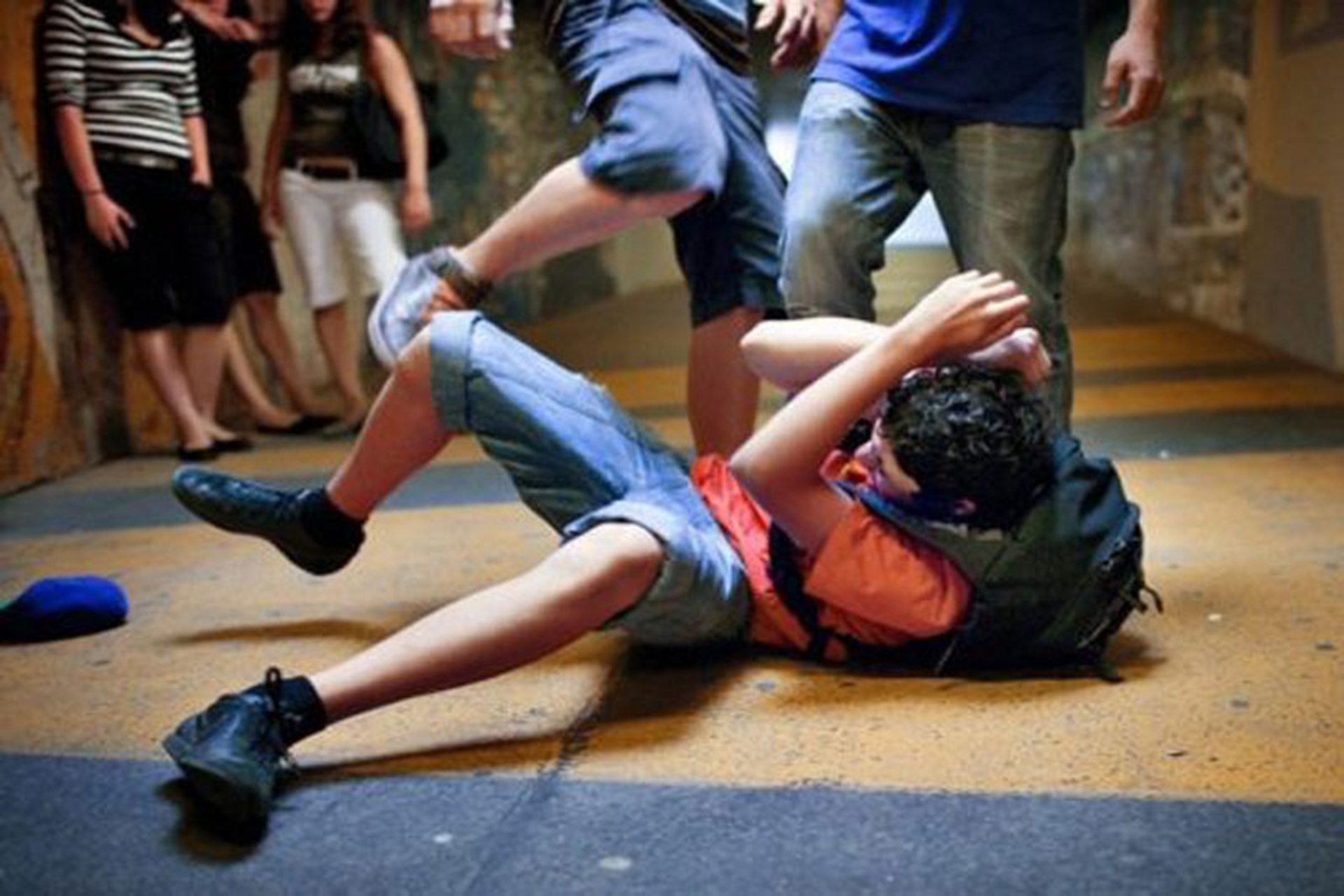
School Environment Crimes: Social Dimensions and Legal Responsibility

A survey conducted by the Juvenile Prosecution on the prevalence of school violence among students raises a number of social and legal observations that should not be overlooked. Chief among these is the alarming rise in cases of physical assault and fights within early school environments, representing a serious threat to the psychological and physical safety of children and signaling deficiencies in preventive and awareness systems. Official data show a rising trend in school violence cases, from 226 cases in 2021 to 391 cases in 2024, indicating a nearly doubled rate over three years. Moreover, 80.7% of both victims and perpetrators are Kuwaiti children, demonstrating that violence is no longer confined to any specific social group. One striking statistic requiring careful consideration is that 32.6% of children aged 10 to 14 are unaware that violent acts constitute a criminal offense. This points to a significant lack of legal awareness within this age group and underscores the need to incorporate legal education into school curricula in a way that nurtures respect for the law and discourages violence from an early age. While integrating legal education into curricula requires time, study, and review, at minimum, effective awareness programs should be implemented. According to official statistics, 31.5% of incidents occur within classrooms, highlighting the critical role of educational institutions in preventive and awareness efforts. These statistics further demonstrate that school violence among younger students is not merely an individual behavioral issue but a multi-dimensional phenomenon with social, psychological, and academic implications, including negative effects on learning outcomes and healthy social relationships. Protecting children from violence is part of the states constitutional and legal obligations. This is reflected in Law No. 21 of 2015 on Childrens Rights, which includes criminal protection measures and obliges educational institutions to take necessary steps to prevent violence within schools. Additionally, the Penal Code criminalizes assault, insult, defamation, or threats, with penalties heightened if the offense is committed against a minor or within an educational institution. The law also allows schools to intervene in reconciliation processes, provided parental consent is obtained and the childs best interests are maintained. In conclusion, protecting children from school violence requires a comprehensive system combining legal, educational, and social measures. The state and society share responsibility in creating a safe learning environment that ensures childrens right to education while safeguarding them from all forms of violence. I conclude this article with several legal recommendations that may contribute to addressing this phenomenon. These include establishing legal units within schools, in cooperation with the Ministry of Justice, to provide legal advice to students and teachers; incorporating legal education into school curricula to raise awareness among youth about their rights and responsibilities; tightening disciplinary sanctions within schools against those who commit physical or verbal violence, and recording such incidents in behavioral registers; as well as activating the role of social and psychological specialists to correct aggressive behavior among children at this early stage and to provide appropriate interventions. It should also be noted that most violent incidents and clashes among young people over the age of twenty often arise from trivial causes—such as a passing glance misinterpreted by the other party—which are in fact repercussions of aggressive tendencies in childhood that were left unaddressed at the time.


